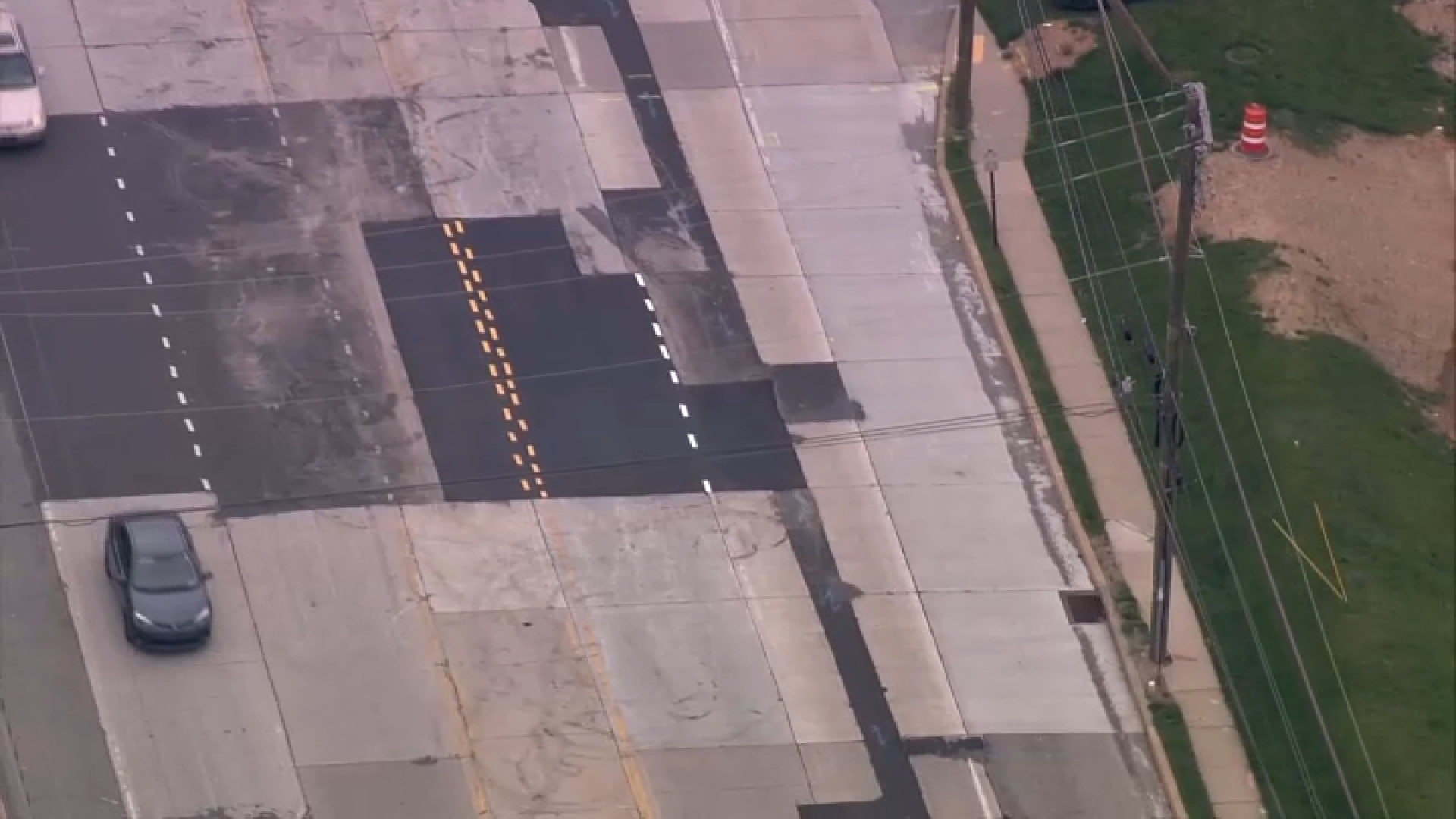First there were endangered species, then endangered buildings. Now Pennsylvania is recognizing its most threatened objects.
And we're not talking about just any old dust-collecting bric-a-brac. These are priceless artifacts — tangible pieces of Pennsylvania history.
An elaborately illustrated 16th-century Mennonite Bible; the oldest surviving butterfly specimens; Red Grooms' celebrated Philadelphia quadricentennial installation, "Philadelphia Cornucopia"; and Thaddeus Stevens' wig are all among the pieces housed in Pennsylvania collections and named to the state's first list of Top Ten Endangered Artifacts.
The initiative, launched Thursday by first lady Susan Corbett, is designed to call attention to the diversity in historical collections and the fact that many are badly in need of professional — and expensive — TLC.
"These artifacts tell us who we are and where we came from," said Corbett at a reception in the Governor's Residence.
Pennsylvania is not the first state to list endangered objects, but it is the first to launch a six-week "crowdsourcing" effort to raise thousands of dollars to preserve them, organizers said.
Anyone can log on to the www.patop10artifacts.org website, vote for a favorite item, and contribute to its restoration.
Local
Breaking news and the stories that matter to your neighborhood.
The brainchild of Ingrid Bogel, executive director of the Philadelphia-based Conservation Center for Art and Historic Artifacts, the organizers appealed to institutions across the state to submit entries.
Bogel said she drew inspiration from the National Trust for Historic Places' 11 most endangered list.
"That was the seed," said Bogel, of the campaign to showcase the state's historic treasures and give museums and libraries a new platform to share their stories.
The top 10 pieces were selected from 60 submitted from around the state. They were chosen by an independent panel whose mission was to represent a range of geography, periods in history, and types of artifacts.
Half the items on the list are from Philadelphia- area institutions: the Grooms multimedia work is from the Pennsylvania Academy of Fine Arts, the 16th-century family Bible from the Mennonite Heritage Center in Harleysville, the Victorian trompe l'oeil needlework from the Schwenkfelder Library and Heritage Center in Pennsburg, a pre-Civil War prison visitors book from the Chester County Historical Society and two 18th-century butterfly specimens from the Academy of Natural Sciences of Drexel University.
The butterflies, collected in Europe in the 17th century and brought to the United States in the mid-18th century, are the oldest surviving butterfly specimens in the country.
"They are part of the archives of the history of science and Philadelphia," said Ted Daeschler, associate curator at the Academy. "Bugs are tough to preserve."
The intent is not to rebuild the butterflies, but to preserve the casings that hold them, which were made of mica and bound with leather and paper.
"We can still study their DNA from the fragments," he said.
The cost to conserve them? $3,500.
The Chester County Historical Society's winning entry was a book containing the signatures and letters of 500 people who visited Passmore Williamson during the 100 days he spent at Philadelphia's Moyamensing prison in 1855.
An abolitionist, Williamson was jailed after a dramatic standoff at Penns Landing for not cooperating with federal authorities trying to capture a North Carolina slave, Jane Johnson.
Among his visitors were Frederick Douglass and Harriet Tubman, whose signatures grace the book.
"This story should be part of every high school curriculum," said Pamela Powell, the society's photo archivist. "We hope to put the book online and compile information on the people in it."
It is tangible proof of the fight against slavery and Pennsylvania's resistance to the federal Fugitive Slave Act, the society wrote in a news release announcing its inclusion in the list.
Over the years, the cover of the thick book has separated from the pages, its spine is broken, and the pages are brittle, she said.
The cost to restore it? $25,000.
Other notable items include the disheveled wig worn by Pennsylvania Congressman Thaddeus Stevens, whose quest to end slavery was made famous recently in Steven Spielberg's Lincoln, a bust of Abraham Lincoln made of anthracite coal, and the earliest known "free frank" signed by George Washington, which allowed the new president special postal privileges.



